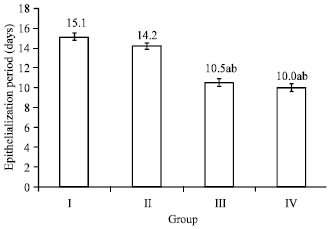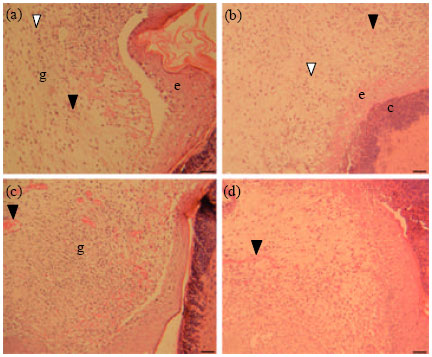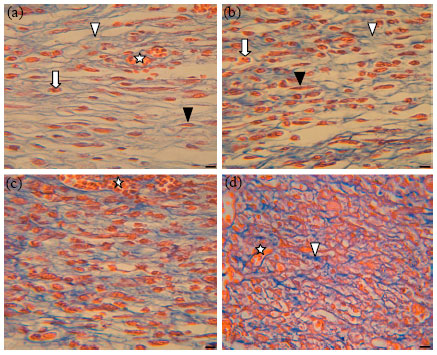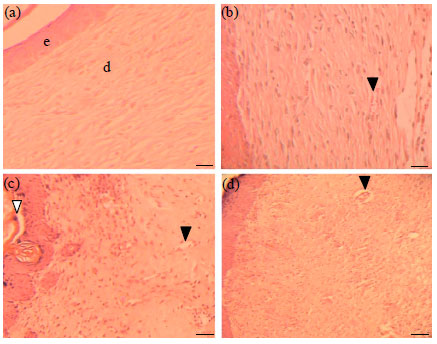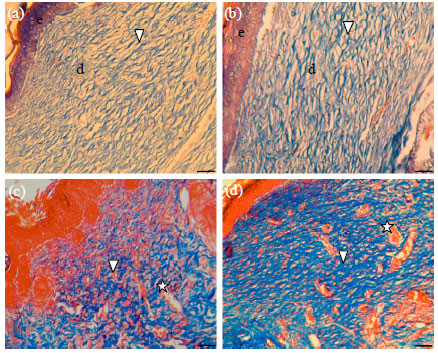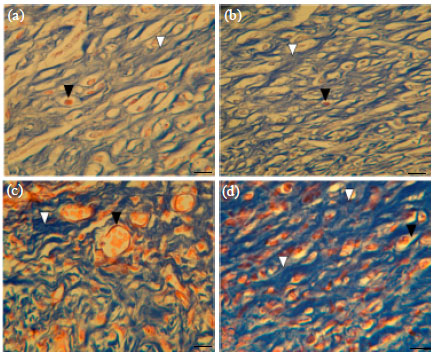Research Article
Histological Evaluation of the Healing Properties of Dead Sea Black Mud on Full-thickness Excision Cutaneous Wounds in BALB/c Mice
Department of Biological Sciences, Faculty of Science, Al-al-Bayt University, P.O. Box 130040, Mafraq 25113, Jordan











